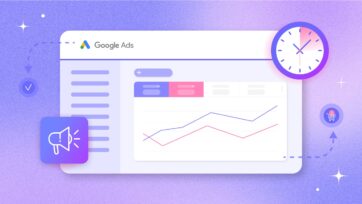- Portfolio
-
Services
Product DevelopmentFocus on the core idea and market fit while we masterfully handle user-focused product design.Learn moreEngineeringLeverage cutting-edge technology to address customer challenges with expert guidance.Learn moreAI consultingEmbrace the future of AI-driven innovation and thrive in a rapidly evolving digital landscape.Learn moreGrowth MarketingEngage targeted audiences and meet business goals through strategic marketing solutions.Learn more
- Company
- Insights
-
Areas of expertiseProduct DevelopmentFocus on the core idea and market fit while we masterfully handle user-focused product design.EngineeringLeverage cutting-edge technology to address customer challenges with expert guidance.AI consultingEmbrace the future of AI-driven innovation and thrive in a rapidly evolving digital landscape.Growth MarketingEngage targeted audiences and meet business goals through strategic marketing solutions.
How to Win with Performance Max in 2025: Proven Strategies from Real Campaigns
Author

Ilya Sinkevich
PPC Growth Lead
From seasonal surges to year-round scale, I help brands turn fragmented ad performance into cohesive growth — delivering seven-figure revenue annually.
- Why PMax deserves strategic attention in 2025
- One asset group to rule them all
- Budgeting that helps the algorithm learn
- Audience signals done right
- Don’t let google fill in the blanks
- Optimize for conversions, not just clicks
- Take back control of your landing pages
- Add negative keywords
- Be patient. Seriously
- Bonus tactics for 2025
- Conclusion
Google’s Performance Max (PMax) campaigns have evolved into a powerful yet complex tool in the digital marketer’s arsenal. After running PMax across diverse verticals of our clients — we’ve identified what actually works versus what looks good on paper. This article distills our real-world learnings into a playbook for success in 2025, helping performance marketers guide Google’s automation without getting steamrolled by it.
Key Takeaways
- Start simple: One asset group is enough to begin learning effectively.
- PMax needs a minimum of $50/day to learn; scale cautiously.
- Upload a customer lists and use refined audience signals to train the algorithm.
- Control where users land — disable Final URL Expansion unless absolutely necessary.
- Don’t expect quick wins — give PMax campaigns time to mature before evaluating.
Why PMax Deserves Strategic Attention in 2025
Google’s continued investment in automation makes PMax nearly impossible to ignore for digital marketers. It promises full-funnel exposure across Search, Display, YouTube, Gmail, and Discovery — all in a single campaign. But while the reach is massive, the trade-off is control. Marketers lose granular visibility unless they proactively guide the system.
Over the past two years, we’ve deployed PMax across multiple businesses with wildly different goals. Some were lead gen heavy. Others focused on product-based conversion. Regardless of objective, one truth kept resurfacing: PMax only works well when you’re intentional about how you set it up.
Let’s break down what that looks like.
1. Keep It Simple: One Asset Group to Rule Them All
The biggest mistake we’ve seen? Over-segmentation.
When marketers create too many asset groups at launch — often to align with personas, regions, or products — it fragments Google’s learning process. The AI ends up chasing too many patterns at once, which slows optimization and muddies the data.
“PMax is a black box. The more signals you send in, the harder it is to interpret what’s working. Keep the structure lean.”
– Lubou Shuster, Marketing Strategist at Dizzain
Our rule of thumb: Start with one asset group. Let Google learn. Then, and only then, consider branching out if there’s a compelling business reason — like radically different customer journeys.
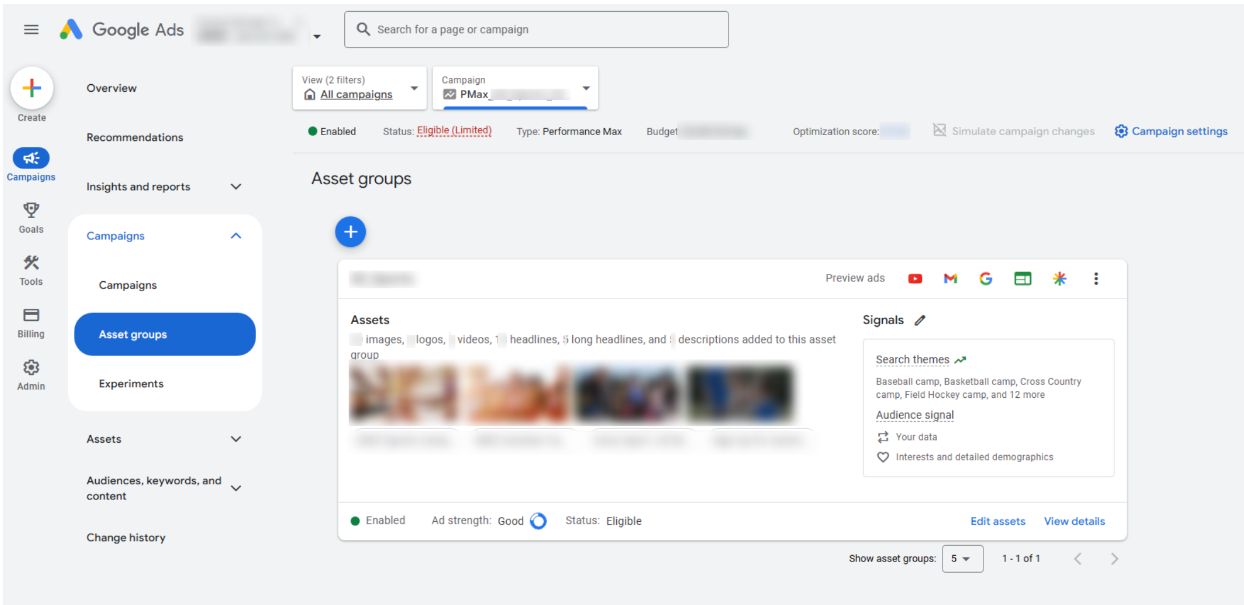
2. Spend Smart: Budgeting That Helps the Algorithm Learn
PMax doesn’t thrive on scraps. If you feed it a $20 daily budget, don’t expect meaningful results.
We’ve found that $50/day is the minimum threshold for effective learning. Once the campaign begins to stabilize and deliver results, increase budgets gradually — ideally no more than 10-20% every few days.
Also, resist the urge to flood PMax with dollars upfront. With so many placements (including YouTube, Display, and Search), it can waste budget on low-quality inventory if left unchecked.
We observed this dynamic during our work with US Sports Camps, where increasing the PMax budget too quickly led to higher CPCs and less precise audience targeting.
3. Guide the Machine: Audience Signals Done Right
Think of audience signals not as targeting parameters, but as training data. They tell the algorithm: Here’s who we think is valuable — go find more of them.
Key best practices:
- Upload customer lists — these are gold for seed audiences.
- Add audiences to Search campaigns on observation mode to identify top performers before using them in PMax.
- Exclude consistently low-performing demographics (e.g., age or income brackets) to nudge the algorithm away from wasted impressions.
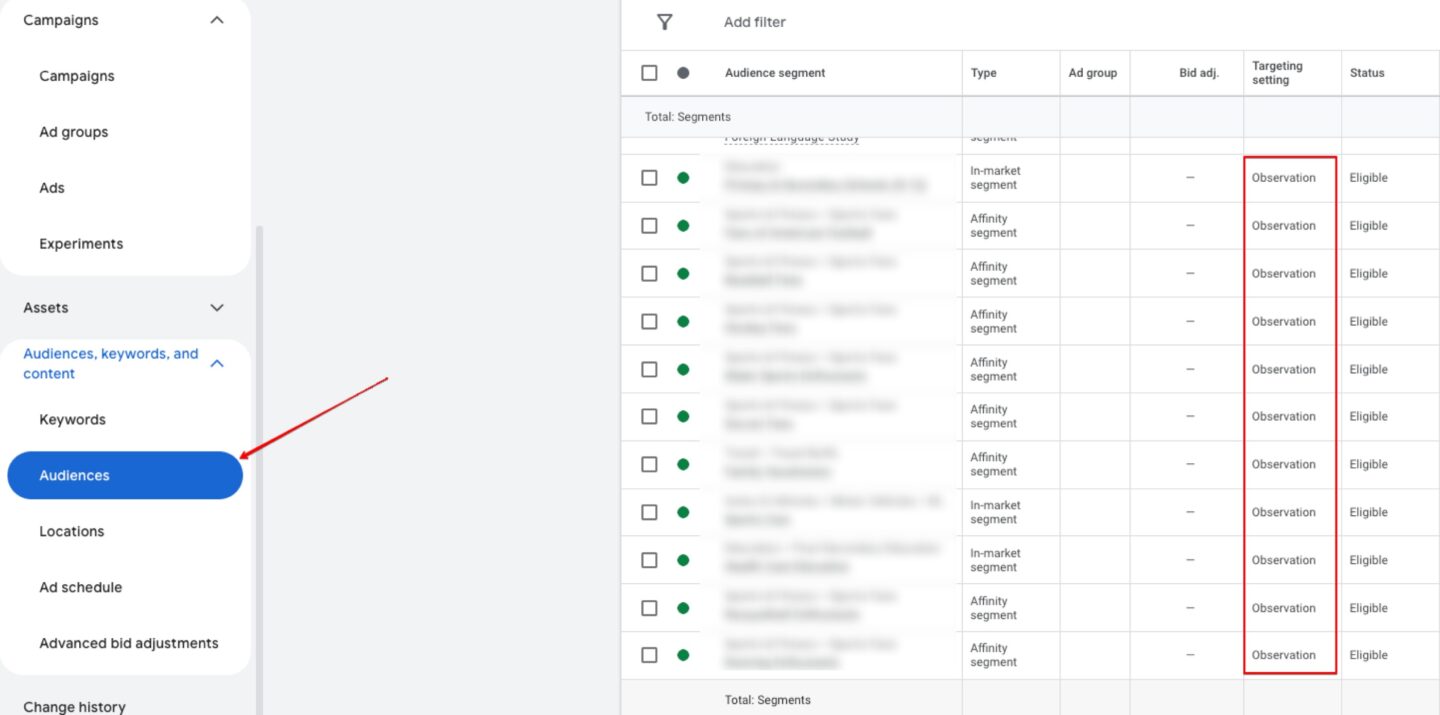
Pro tip: Layer in conversion data only when it’s reliable. Feeding in dirty or incomplete lead data can train the algorithm on the wrong patterns.
4. Creative Assets: Don’t Let Google Fill in the Blanks
If you skip uploading a video, Google will make one for you — and it won’t be pretty.
Here’s our creative checklist for 2025.
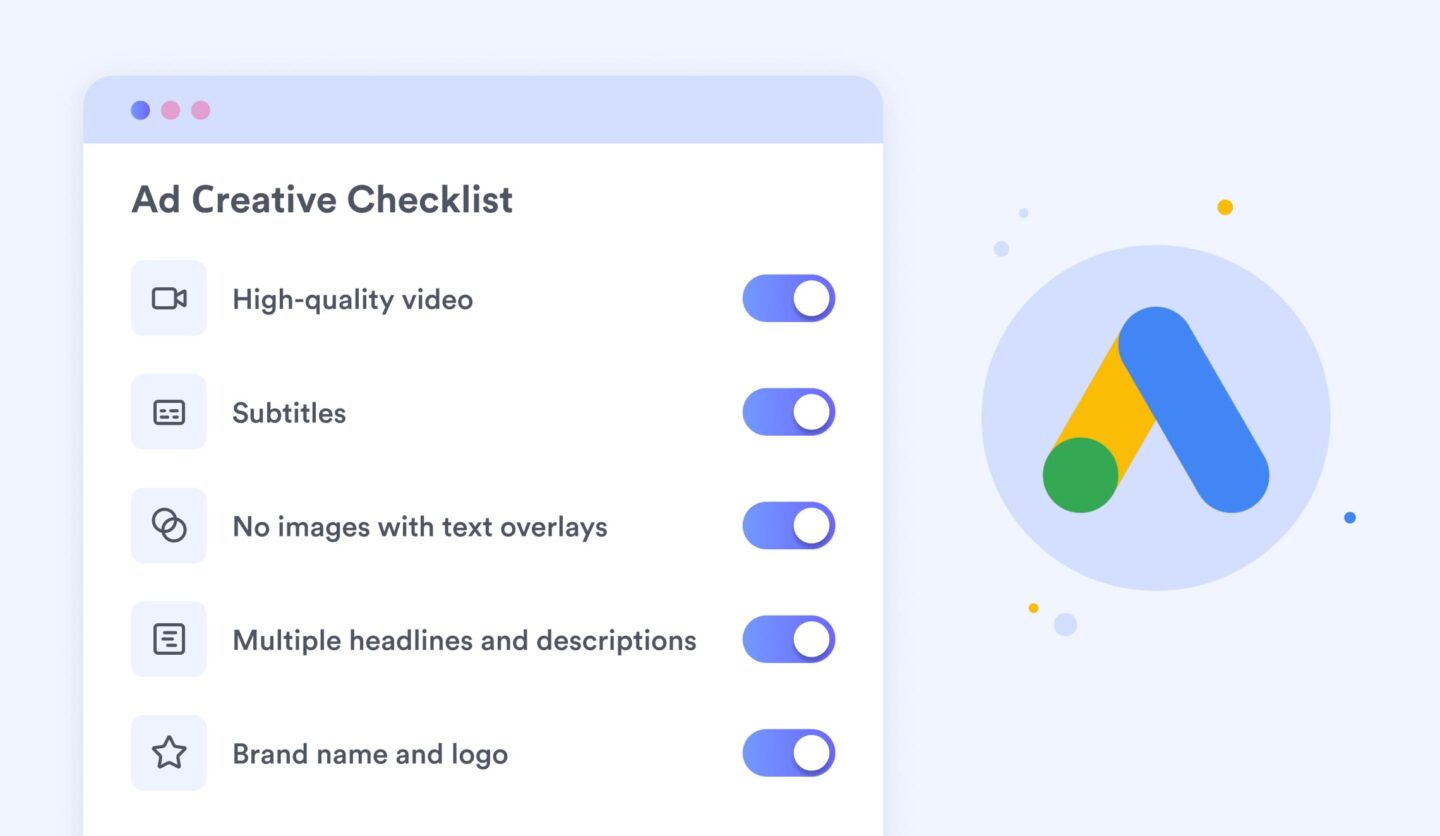
Each item on this list plays a vital role:
- Always include at least one high-quality video
- Use subtitles — most users scroll on mute
- Avoid images with text overlays — they don’t render well across placements
- Upload a wide variety of headlines and descriptions to improve ad matching
- Use your brand name and logo consistently to build recognition and trust
Also, preview your ads before launching. It’s shocking how often formatting issues go unnoticed until campaigns are live.
5. Optimize for Conversions, Not Just Clicks
If your business relies on sales or qualified leads, raw conversion volume is not enough.
Use these tactics to improve downstream performance:
- Import offline conversion data to train PMax on real revenue-driving actions
- Regularly check the Insights tab for query-level performance
- Gather qualitative feedback on lead quality from sales teams
- Turn on Enhanced Conversions for better attribution accuracy
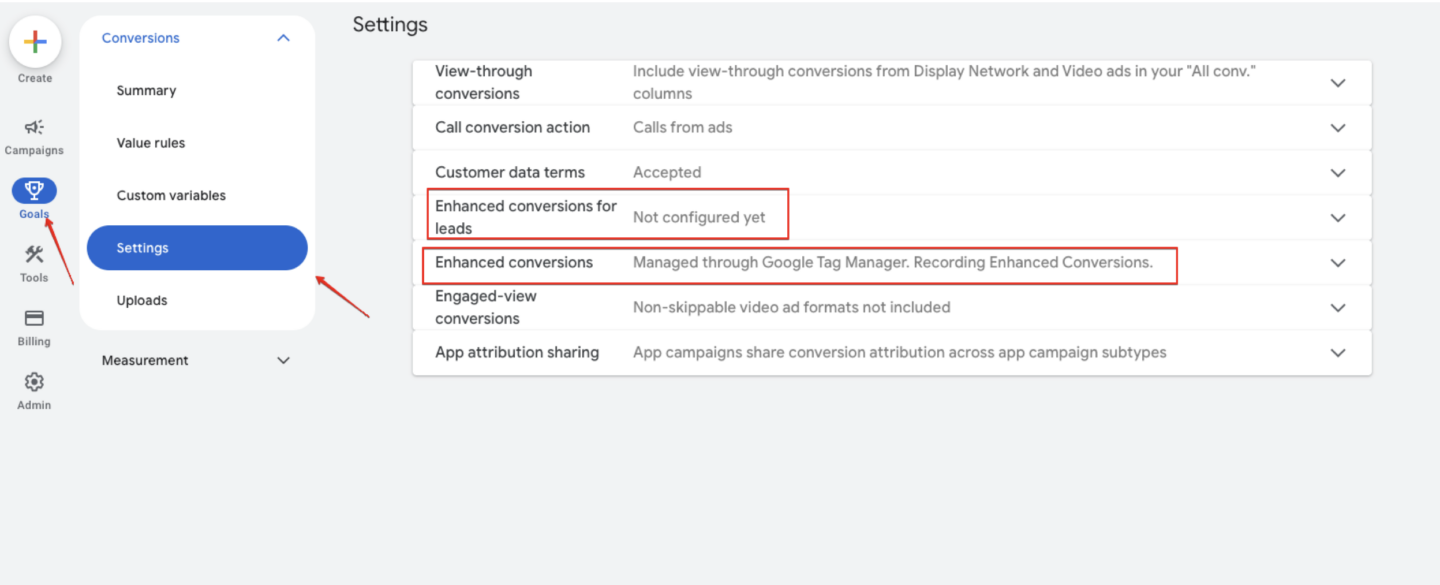
One example: when working with US Sports Camps, we paired Enhanced Conversions and the Conversions API with PMax to sharpen attribution and recover overlooked transactions. That integration alone helped reclaim 3% in tracked conversions.
Another insight we picked up: not all conversions are equal. Exclude secondary goals (like PDF downloads or newsletter signups) from optimization if they don’t map to actual revenue.
6. Take Back Control of Your Landing Pages
By default, PMax can send users to any page on your site. That’s a recipe for poor UX and low conversion rates.
Our recommendation:
- Turn off Final URL Expansion unless you have a compelling reason to keep it
- If you must use it, exclude irrelevant URLs (careers, privacy policy, etc.)
- Better yet, use page feeds to lock in high-performing landing pages
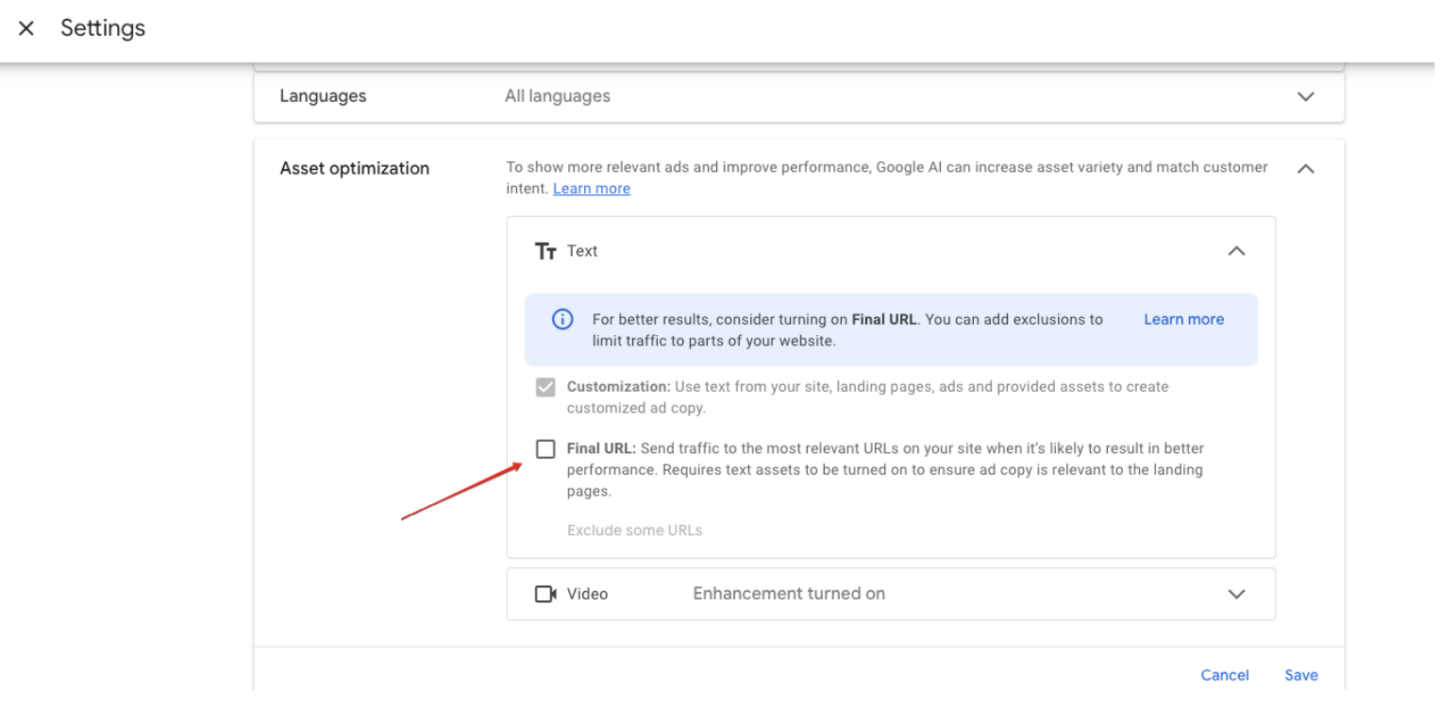
7. Add Negative Keywords and Protect Your Brand
As of late 2025, Google started supporting campaign-level negative keywords for PMax — finally.
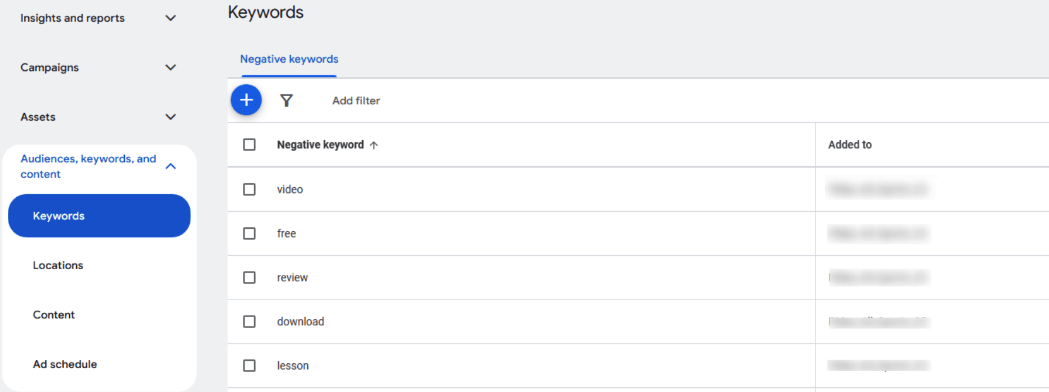
This is a game-changer:
- Use negatives to block irrelevant queries (especially broad informational ones)
- Exclude branded keywords if your organic rankings are strong, to avoid waste
- If campaign-level negatives aren’t enabled in your account, request it via your Google rep
8. Be Patient. Seriously.
Every time you tweak a PMax campaign — be it creative, targeting, or budget — you reset the learning phase.
“Think of PMax like a crockpot, not a microwave. Set it up right, then let it cook.”
– Ilya Sinkevich, PPC Specialist at Dizzain
Also, use third-party scripts (like from adsscripts.com) to surface deeper insights—especially since Google hides most of the granular data.
Bonus Tactics for 2025: From Our Deep Dive
Based on recent industry research and our own testing, here are additional strategies to try:
- Start with “Maximize Conversions” bidding before layering in CPA or ROAS targets
- Use all ad extensions (sitelinks, callouts, phone numbers) to increase CTR
- Test “New Customer Acquisition” mode if you want to grow your audience
- Feed-only PMax is effective for eCommerce brands wanting strict control over Shopping ads
- Optimize landing pages for mobile responsiveness, load speed, and clear CTAs
- Avoid PMax for top-of-funnel awareness — it’s best suited for mid-to-bottom funnel actions
Conclusion: Train the Machine, Don’t Fight It
Performance Max isn’t going away. If anything, it’s becoming central to Google’s ad ecosystem. But success in 2025 doesn’t come from “setting and forgetting” — it comes from strategic guidance, data discipline, and creative excellence.
As marketers, our job is to teach the algorithm — not to blindly trust it. When you feed PMax the right structure, signals, and assets, it can unlock performance levels that traditional campaigns struggle to match.
So ask yourself: Are you training your PMax campaigns… or letting them train you?

